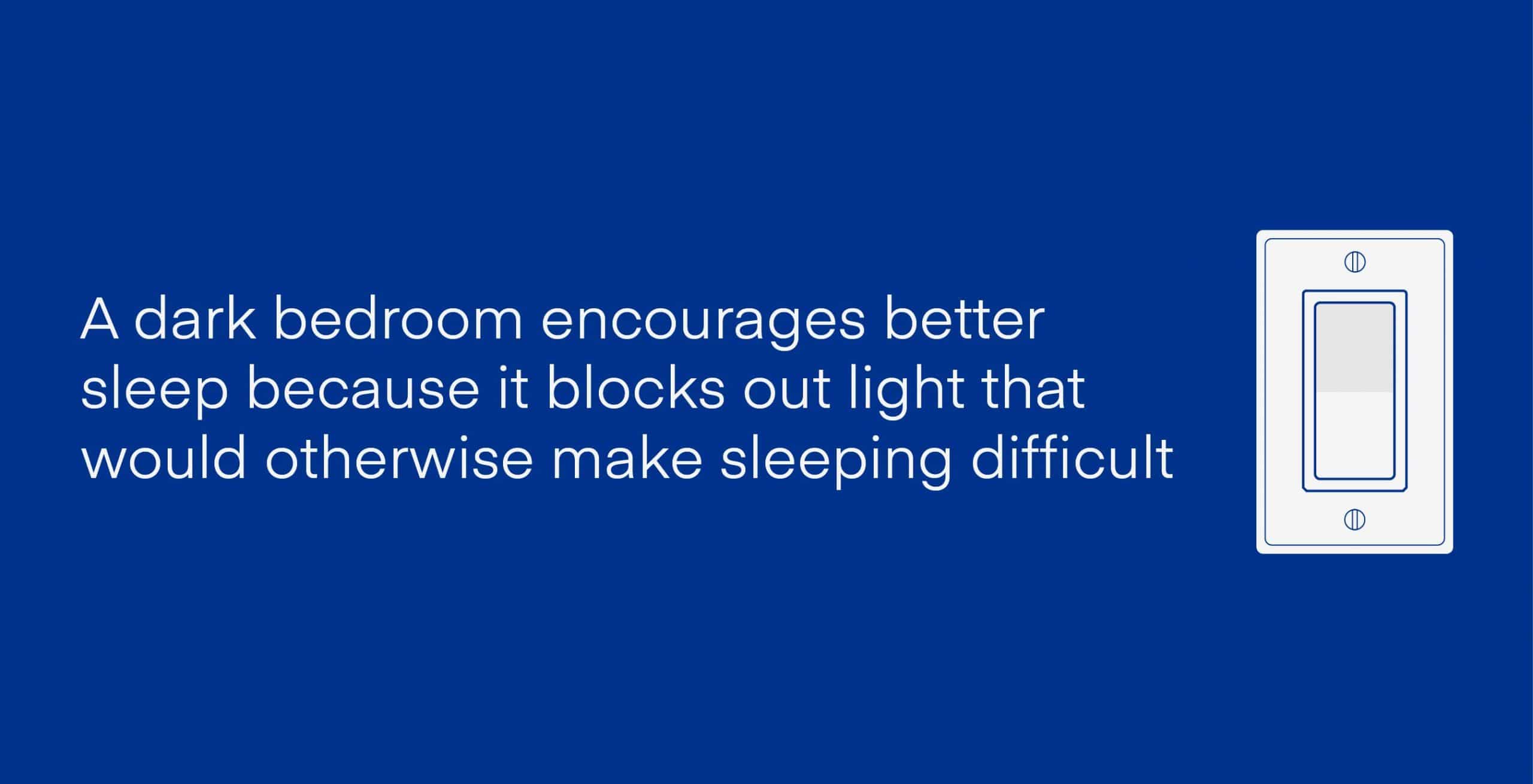The 4-month sleep regression is a short-term phenomenon when a baby’s sleep patterns shift—they frequently wake up during the night and may struggle to fall back asleep. This phenomenon means the baby is going through a growth spurt or learning a new skill.
The 4-month sleep regression can also indicate that the infant does not have the skills to put themselves to sleep and stay asleep independently. The 4-month sleep regression can be a frustrating time for a baby, and that stress is reflected in their disrupted sleep patterns.
But does it really start the second an infant reaches the 4-month age mark? More or less. The 4-month sleep regression starts when a baby is between 3 to 4 months of age and can last up to four weeks. However, it can also occur around 6 months, 8 months, and 12 months, but they’re not as common as the 4-month sleep regression.
Our article reviews 4-month sleep regression signs and shares tips on managing this tricky period in your baby’s life.
Signs of 4-Month Sleep Regression
If your baby was sleeping through the night but is suddenly waking frequently, they may be going through a 4-month sleep regression. Other signs include the baby practicing a new skill, like sitting up or rolling over, and they seem more interested in their surroundings.
Baby is Waking More Often
One of the most common signs of the 4-month sleep regression is frequent nighttime wakings. It may seem like the baby wakes every hour instead of sleeping throughout the night. The baby may also struggle with naptime.
Baby is Practicing a New Skill
During the day, you may notice your baby trying to roll over. This is a big milestone as the baby learns motor skills. Babies typically start rolling over at 3 to 4 months and master the skill by 6 to 7 months.
Baby is More Interested in Their Surroundings
As you feed the baby or try to put them to sleep, the baby may seem distracted, with their eyes focused elsewhere. This is a sign of brain development as the baby learns to extend their focus to their surroundings instead of what’s immediately in front of them.
How to Manage 4-Month Sleep Regression
4-month sleep regressions are stressful for both you and your baby—the baby is trying to learn a new skill, and you’re not getting enough sleep because the baby keeps waking up. The good news is that sleep regressions are temporary and should only last a few weeks. The following are tips to get your baby out of regression and into a consistent sleep routine.
Full Feedings During the Day
During a 4-month sleep regression, babies may lose interest in eating because their attention shifts elsewhere. Try to limit distractions by feeding your baby in a less stimulating environment, like an empty corner of the room with the TV off. Full feedings ensure your baby doesn’t wake up hungry in the middle of the night. Also, once the baby starts sleeping through the night, try not to feed them when they wake up crying, or they may expect this response every time they wake up.
Self-Soothing
Instead of holding your baby until they fall asleep, place them in their crib when they’re drowsy and leave the room once they’re settled. When a baby wakes up crying at night, don’t immediately get up. Wait a few minutes to teach your baby how to self-soothe. If they continue to cry, then get up and go to them. Be quick and soothing—you want to keep them tired and avoid talking and playing to reinforce the idea that nighttime is for sleeping.
Dark Bedroom

Parents need a dark room to sleep in, and so does the baby. A dark bedroom encourages better sleep because it blocks out light that would otherwise make sleeping difficult. Any light source could disrupt sleep, especially during the 4-month sleep aggression. When the baby wakes up in the morning, ensure the bedroom is full of natural light to promote regular sleep cycles.
Bedtime Routine
At 3 to 4 months of age, babies need 10 to 15 hours of sleep, including frequent naps. Establishing a baby’s sleep patterns is best through a consistent bedtime routine, including bathing, changing into pajamas, or singing a lullaby. Following a routine helps the baby associate these activities with bedtime and allows their bodies to unwind and prepare for sleep.
Sleep Cues
Pay attention to your baby’s sleep cues, like rubbing their eyes or yawning—these are signs your baby is drowsy and is the perfect time to put them down for a nap. During the 4-month sleep regression, the baby may struggle with nighttime sleep and take longer naps during the day. Establishing good nighttime sleep habits will ensure healthy nap times, too. Make sure the baby doesn’t nap for more than 2.5 hours at a time during the day.
Be Flexible
Even with a consistent routine, it’s important to be flexible regarding your baby’s sleep regression. Your baby’s normal sleeping patterns may be disrupted, but adjusting accordingly helps reduce sleep aggression. For example, you may have to put the baby down for a nap sooner than expected, especially if the baby missed an earlier nap.
As babies go through the developmental milestones, they need more sleep, not less, so if the infant has more overnight wakeups, try to offer more opportunities for naps during the day. Remember that your baby will feel frustrated as they learn new skills—as long as you do your best and show plenty of affection and support, you’ll both feel better and experience less stress.
FAQs
Can you sleep train during the 4-month sleep regression?
Even though your baby frequently wakes at night or takes short naps during the day, sleep training is possible during a 4-month sleep regression. Be flexible and try to soothe your baby at night and keep them active during the day. Before bedtime, establish a routine so the baby can sleep without distractions like toys and TV.
During the day, expose the baby to natural light, and when they show signs of sleepiness (i.e., yawning, rubbing eyes), put them in a quiet area for nap time.
Is it normal for 4-month-old babies to cluster feed?
Cluster feeding is a normal part of a 4-month sleep regression. If you automatically feed the baby when they wake up crying at night, the baby will think it is normal. Instead, fully feed your baby in an area of the house with the least amount of distractions at night. The baby can focus on eating instead of their surroundings.
This method decreases the risk of the baby waking up at night feeling hungry. Plus, the baby will be less fussy when it’s time for bed. Also, feeding the baby in a separate room besides their bedroom, before bedtime, with the last feed of the day, will allow the child to create a better association with feeding. Ensure the baby does not fall asleep at the last bottle of the night before bedtime.
How do I teach my baby to self-soothe?
Self-soothing means your baby can calm down and go back to sleep independently after waking up. A few common ways to teach a baby to self-soothe are establishing regular sleeping times and a routine that the infant can start to identify as the start of bedtime, such as bath, reading a book, and cuddling. When the baby wakes up crying, waiting a few minutes before going to them will allow them to try to fall asleep independently.
Self-soothing is an excellent way for a baby to learn how to process moods so they’re less fussy as they grow older. Every baby is different—experiment to see what works best.
At what age do babies link sleep cycles?
Around 6 months is when most babies start to establish healthy sleep habits. Generally, don’t start until the baby is old enough to fall asleep on their own at nap time. When it’s time for bed, make sure the baby’s room is dark and cool to prevent distractions, and put them to bed and wake them at specific times every day. Guiding a baby in linking sleep cycles helps establish a regular circadian rhythm and improves sleep.
What age do babies roll over?
Around 3 to 4 months is when babies can roll over. Some may start to practice even earlier, while others take a bit longer. It may seem like a simple action, but it’s a big milestone for a baby. Rolling over is a sign of the baby building strength and mobility—it also means a baby can sense trouble while asleep, so they can move to their sides if they have trouble breathing. If the baby hasn’t started to roll over by 6 months, talk with your pediatrician.
Conclusion
The 4-month sleep regression is stressful for both you and your baby, as are other potential changes to infants’ sleep patterns, but know that this period won’t last forever. Be flexible and patient, and follow our helpful tips on managing 4-month sleep regression.
The baby may still fuss and wake up at odd hours, but staying consistent helps the baby get back to regular circadian rhythms. If the baby has a fever or seems fussier than normal, talk with a healthcare professional.
About the author
Stacy Liman is a journalism graduate student and a freelance writer with a focus on mindfulness and content marketing. Her passion for understanding and writing about the science of sleep enables her to provide valuable insights into achieving healthier and deeper rest. Stacy's commitment to helping people improve their sleep drives her exploration of new mattresses and sleep-promoting gadgets.
View all postsComment
Comments are closed.







‘Drowsy but awake’ – that’s what I remember as a tip ONE from my sleep training. I was using HWL method from Susan Urban and that was the point: to ensure the baby that everything is fine and put the baby back down before he’s fully alseep. Tricky but crazy helpful skill!